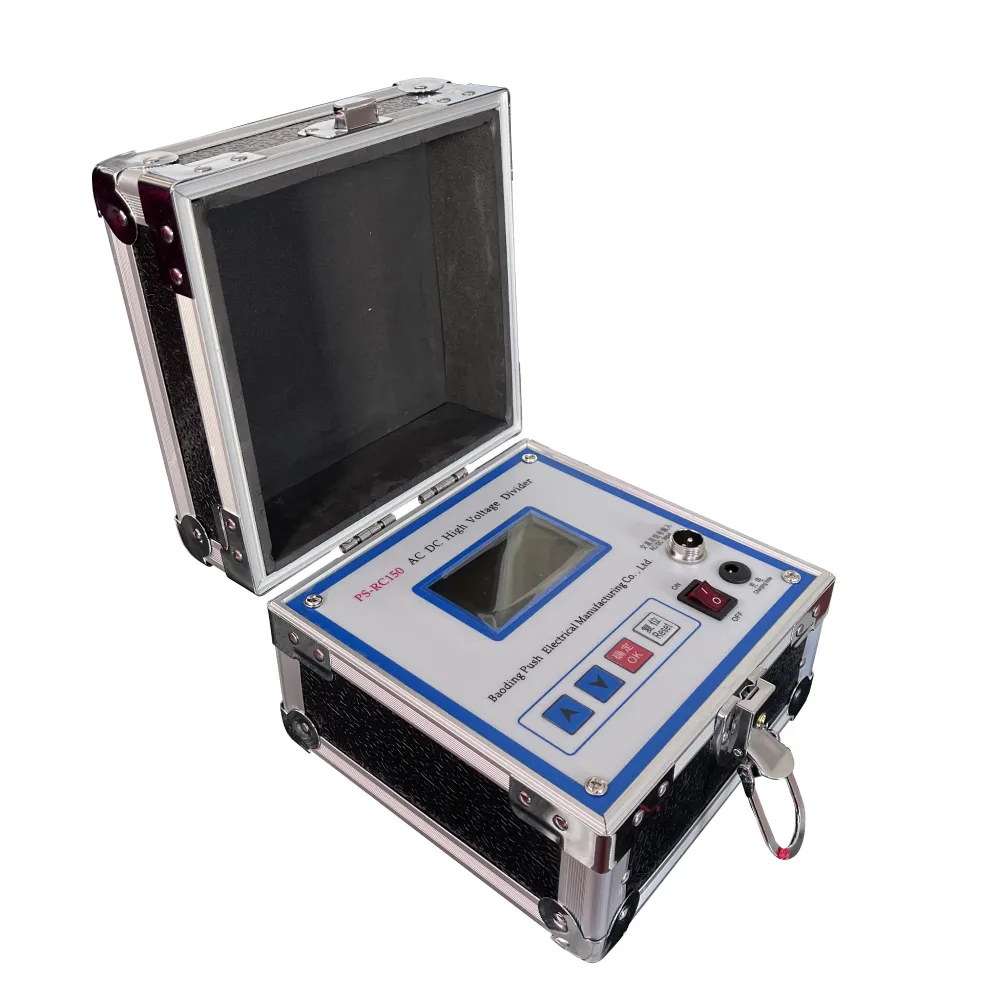 English
English


earth electrode test with loop tester
Earth Electrode Testing with a Loop Tester
Introduction
The integrity of electrical systems relies heavily on proper grounding or earthing. An efficient earthing system ensures the safety of electrical installations, protects equipment, and provides a reliable path for fault currents. One of the most effective methods for assessing the performance of earth electrodes is the use of a loop tester. This article will explore the underlying principles, procedures, and benefits of conducting earth electrode tests with a loop tester.
Understanding Earth Electrodes
Earth electrodes are conductive elements that physically connect the electrical system to the ground. They can take various forms, including rods, plates, or meshes, and are typically constructed from copper, galvanized steel, or other conductive materials. The primary function of an earth electrode is to dissipate electrical energy safely into the ground, mitigating the risk of electric shock, equipment damage, or fire caused by overvoltages.
Why Use a Loop Tester?
A loop tester is a device designed to measure the resistance of an earth electrode system. It operates by sending a known current through the earth electrode and measuring the resulting voltage drop. This information allows technicians to calculate the resistance of the earth connection accurately. Utilizing a loop tester for this purpose is beneficial due to its simplicity, efficiency, and ability to provide immediate results.
Performing the Test
To conduct an earth electrode test using a loop tester, follow these steps
earth electrode test with loop tester

1. Preparation Ensure the loop tester is calibrated and in good working condition. Identify the earth electrode that needs testing and ensure that it is accessible.
2. Connection Connect the loop tester leads to the earth electrode. Typically, one lead is connected to the electrode, and the other is grounded to a known reference point in the earth system.
3. Testing Activate the loop tester to initiate the measurement. The device will pass a current through the loop formed by the electrode and the ground, measuring the resulting voltage.
4. Read the Results The loop tester will display the resistance value. Record this reading for analysis. A low resistance value (generally below 5 ohms) indicates a good grounding system, while higher values suggest potential issues that may need remediation.
5. Post-Test Procedures Disconnect the leads and ensure the test area is clear. Document the findings for future reference or compliance purposes.
Benefits of Earth Electrode Testing
Regular testing of earth electrodes using loop testers provides several benefits. It helps ensure compliance with safety regulations, identifies potential issues before they escalate, and improves the reliability of electrical systems. Furthermore, a properly grounded system enhances the lifespan of electrical equipment, reduces the risk of operational downtime, and promotes safety for personnel.
Conclusion
Earth electrode testing with a loop tester is a fundamental practice that safeguards electrical installations. By providing accurate resistance measurements, this testing method plays a critical role in maintaining the efficacy of grounding systems. Regular testing not only ensures compliance with safety standards but also fortifies the overall reliability of electrical infrastructure, paving the way for safer and more efficient operations.
-
Differences between open cup flash point tester and closed cup flash point testerNewsOct.31,2024
-
The Reliable Load Tap ChangerNewsOct.23,2024
-
The Essential Guide to Hipot TestersNewsOct.23,2024
-
The Digital Insulation TesterNewsOct.23,2024
-
The Best Earth Loop Impedance Tester for SaleNewsOct.23,2024
-
Tan Delta Tester--The Essential Tool for Electrical Insulation TestingNewsOct.23,2024





